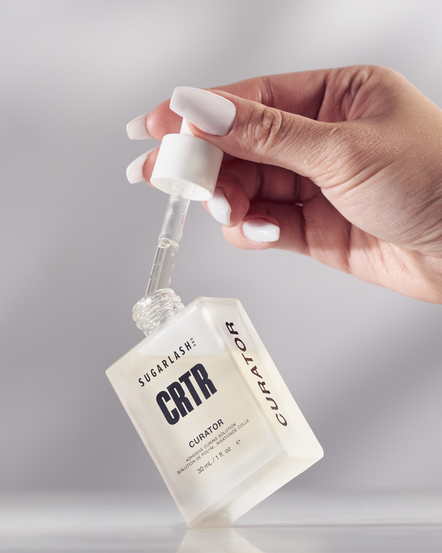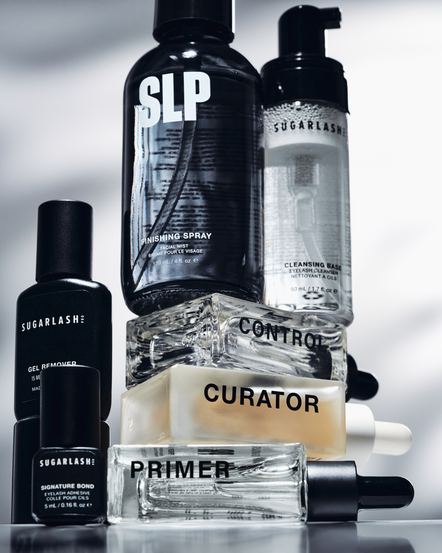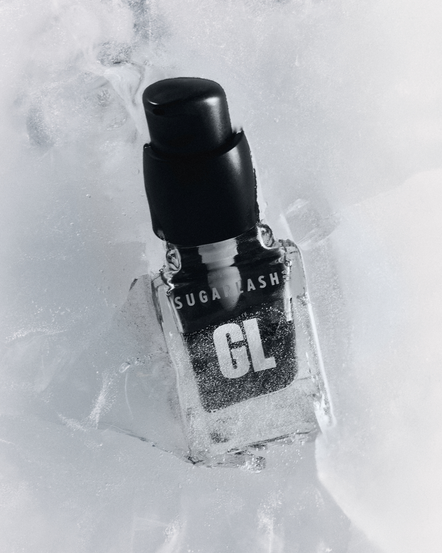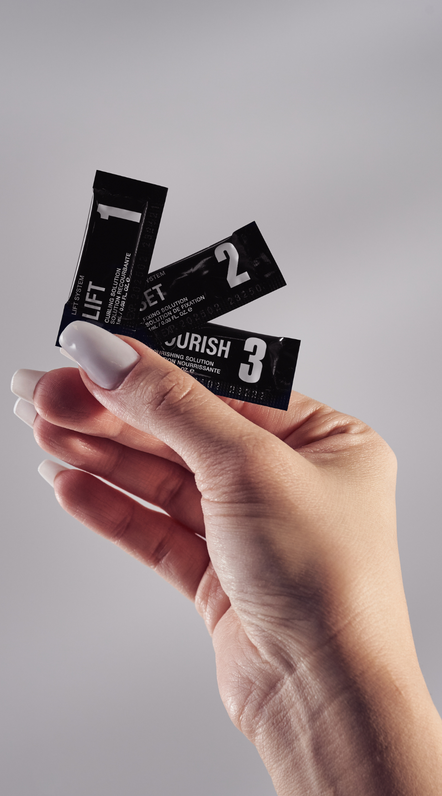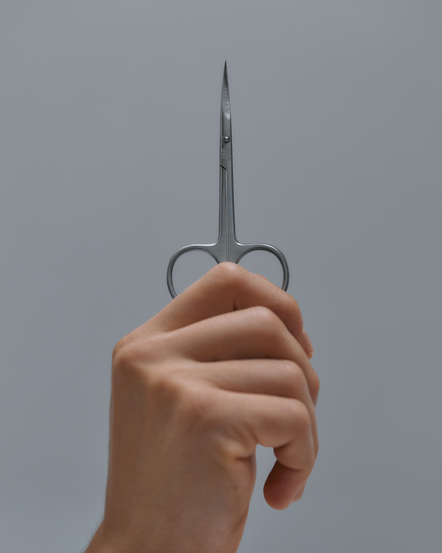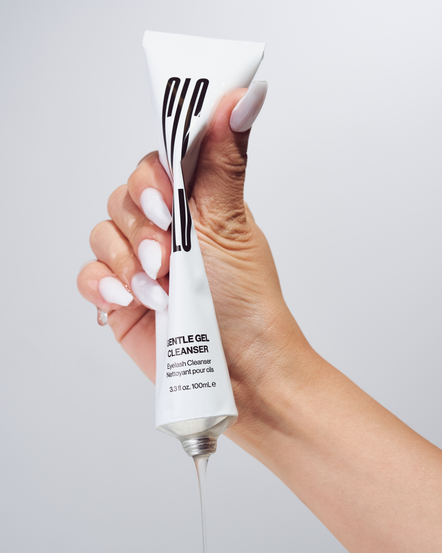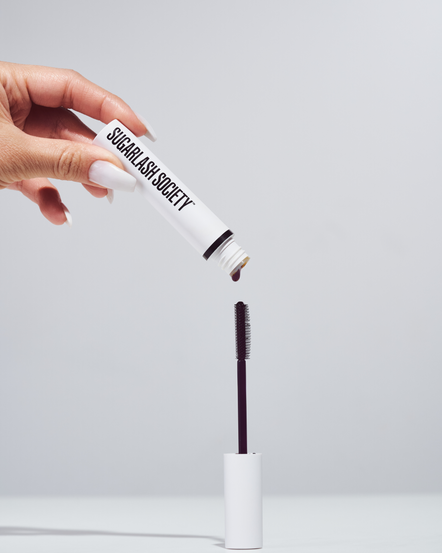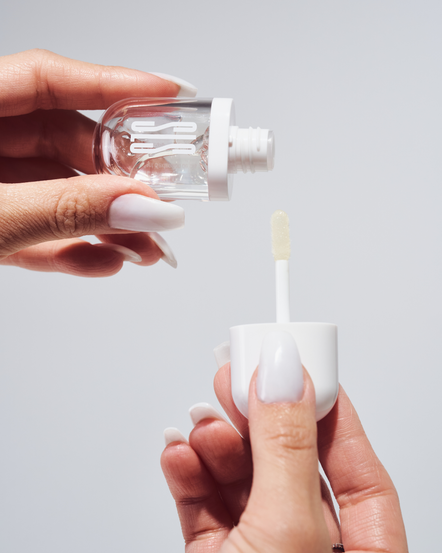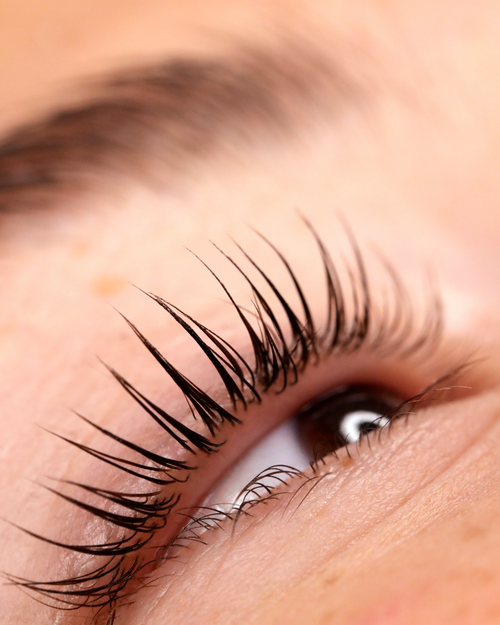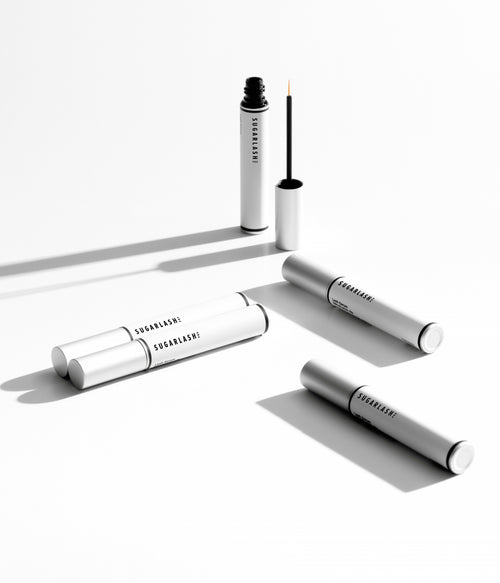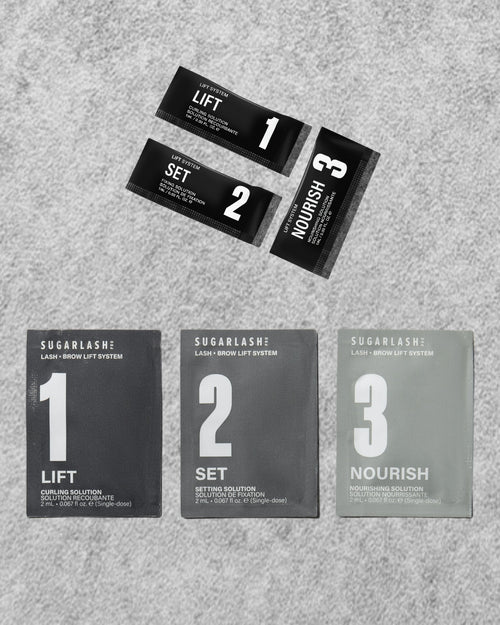Summer is a big time for lash artists. Between new clients wanting the perfect set of lashes for their upcoming vacation or brides wanting fresh lashes for their big day, summer is a crazy busy season! But along with all the fun in the sun, it’s important to remember that your adhesives will perform differently depending on the climate. And while we love summer, it does bring its own set of challenges, such as increased heat, humidity, and sun exposure, which can potentially affect the longevity and appearance of lashes. The heat and humidity can have a significant impact on the longevity and retention of lash extensions.
Don’t worry though, we got your back with these 10 lash tips every lash artist should know in order to protect their clients’ lashes this summer! We’ll share our expertise and introduce you to some incredible products from Sugarlash PRO that will revolutionize your summer lash game and help maintain impeccable lash retention rain or shine! .
-
Understanding the Impact of Summer Climate on Lash Extension
Summer weather brings higher temperatures and increased humidity levels, both of which can affect the behavior of lash extension adhesives. The heat and humidity cause the adhesive to cure differently, potentially leading to weaker bond strength and reduced retention. It's crucial to adapt our techniques and product choices accordingly.
Choose the Right Adhesive for Summer
Selecting the appropriate lash adhesive plays a significant role in maintaining strong and durable lash extensions in the summer. Sugarlash PRO offers a range of adhesives designed for varying skill levels. Consider our Signature Bond and remember to store your adhesives in a temperature controlled environment with the proper humidity levels.
-
Optimize Humidity Control in Your Workspace
Maintaining optimal humidity levels in your lash studio is essential for consistent adhesive performance. Invest in a reliable humidifier or dehumidifier to regulate the moisture in the air. Aim for a humidity level between 40-60% to ensure the adhesive's ideal curing time and bond strength.
-
Educate Clients on Proper Aftercare
Proper aftercare becomes even more critical during the summer months. Advise clients to avoid excessive exposure to water, heat, and humidity for at least 48 hours after the lash extension application. Encourage them to use Sugarlash PRO's Lash Bath to cleanse the lashes without compromising the adhesive bond.
-
Consider Using a Primer
In humid climates, lash primers can be a game-changer. Sugarlash PRO's Primer helps remove excess oils and residue from the natural lashes, creating an optimal bonding surface for the adhesive. By incorporating this step into your lash extension application process, you can maximize the longevity of lash extensions during the summer.
-
Adjust Application Technique
Summer heat can cause the adhesive to dry faster, making it challenging to maneuver and perfect lash placement. To counteract this, consider working with smaller sections of lashes at a time and adjusting your technique to ensure precise application before the adhesive sets. Sugarlash PRO's isolation tweezer and precision tweezers are great tools for precise and efficient lash application.
-
Encourage Proper Home Care
Empower your clients to take care of their lash extensions at home. Advise them to avoid oil-based skincare products and makeup removers, as these can weaken the adhesive bond. Instead, recommend Sugarlash PRO's Foaming Lash Cleanser, which is specifically formulated to cleanse and refresh lash extensions without compromising their retention.
-
Schedule Regular Lash Fills
In hotter climates lash extensions may shed more quickly due to increased sweating and oil production. Encourage your clients to book regular lash fills every two to three weeks to maintain a full and lush lash look throughout the summer season. Use this opportunity to reinforce proper aftercare instructions and educate them on the benefits of routine maintenance.


